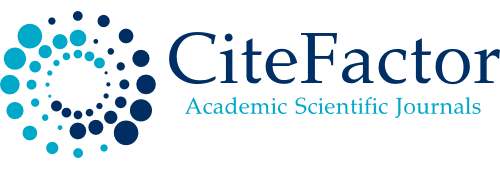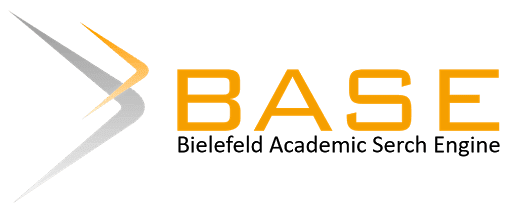Pengaruh Aplikasi Mikroorganisme Lokal terhadap Keanekaragaman Arthropoda pada Tanaman Bawang Merah di Lahan Gambut
Abstract
This research aims to determine the effect of providing various types of MOL on arthropod diversity in shallot plants in peatlands. This research used a one-factor completely randomized design (CRD), which consisted of four treatments which were repeated five times, so there were 20 experimental units. Each experimental unit consists of 28 plants, so the total number of shallot plants is 560 plants. Treatment consisted of t0: Control, t1: Giving 10 ml MOL leri water, t2: Giving 10 ml MOL leri water+banana stems, t3: Giving 10 ml MOL leri water+fish waste. To determine the diversity of arthropod populations due to MOL administration during observation. Arthropod data resulting from observations or identification are grouped by order and family and presented in tabular form. Next, a diversity analysis was carried out using the species diversity index, species richness, species evenness and dominance. In the observation results, there was no real influence on the diversity of arthropods on shallot plants in peatlands where local microorganisms were applied. The highest diversity of arthropod species was in treatment t2 (1.73), the highest richness of arthropod species was in treatment t1 (2.17), the highest evenness of arthropod species was in treatment t2 (0.94) and the highest dominance was in treatment t0 (0, 25).






